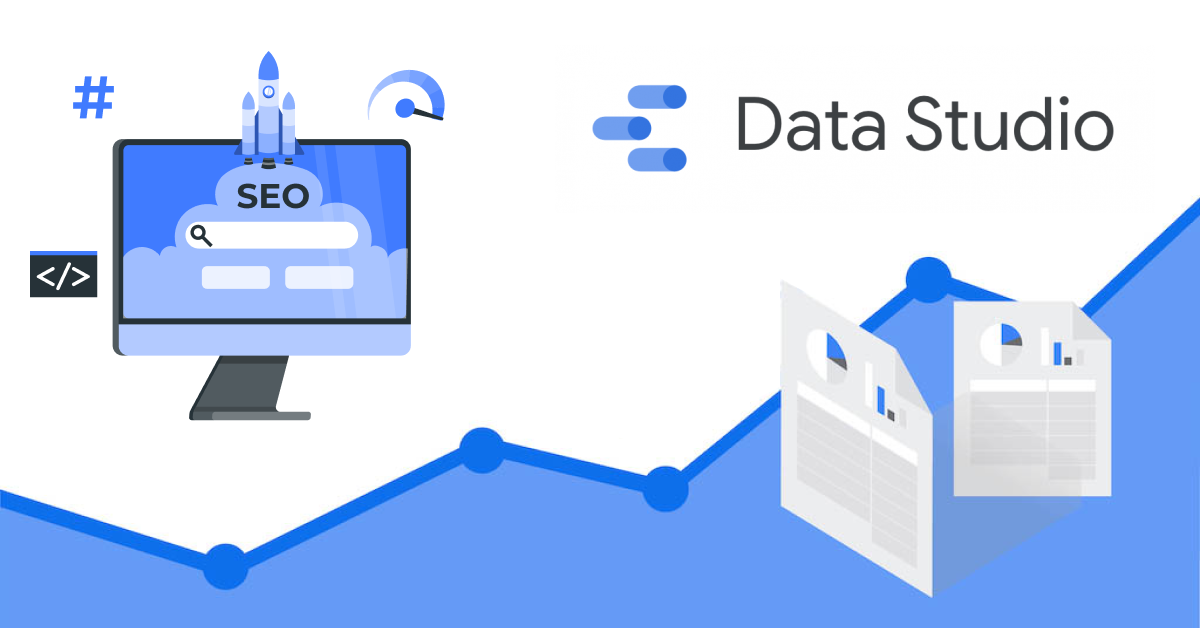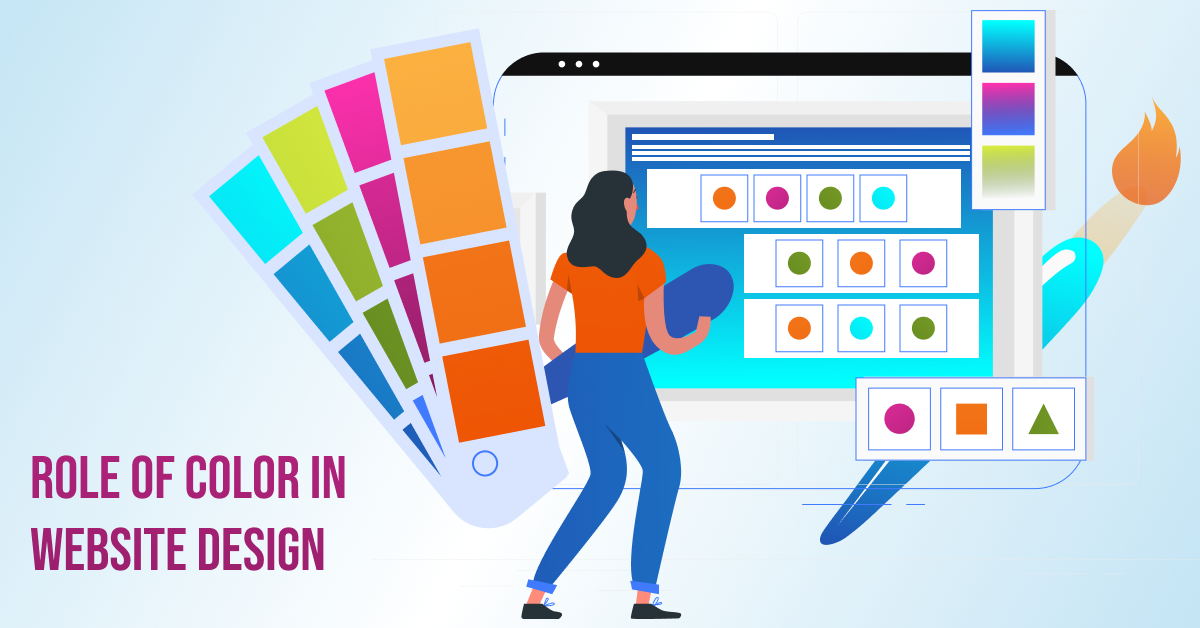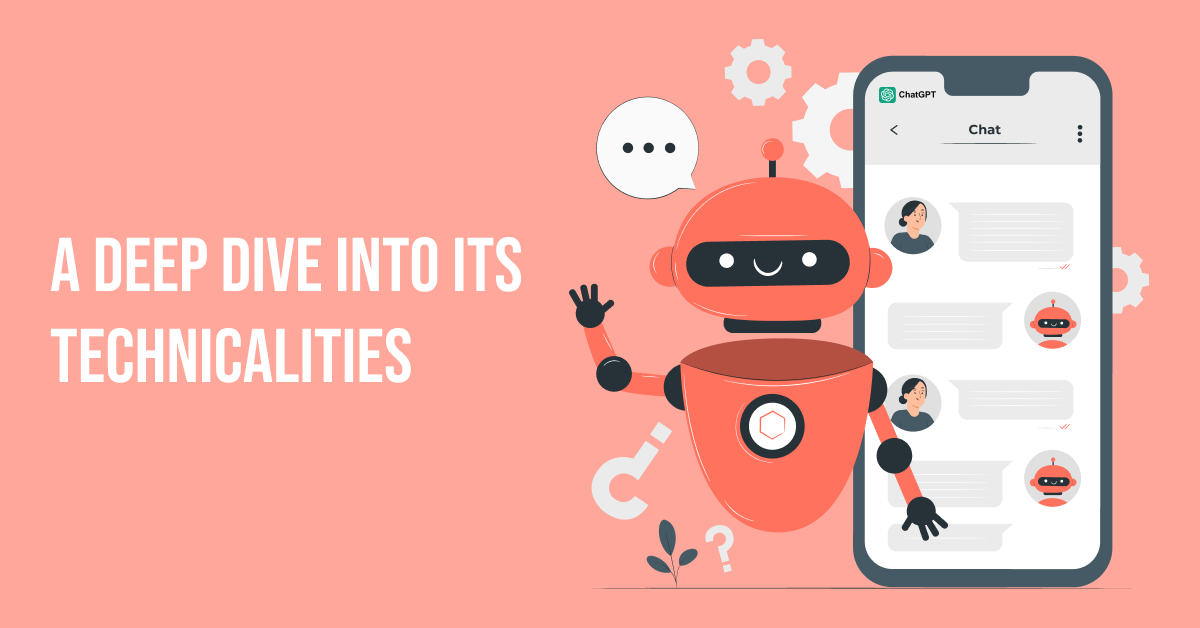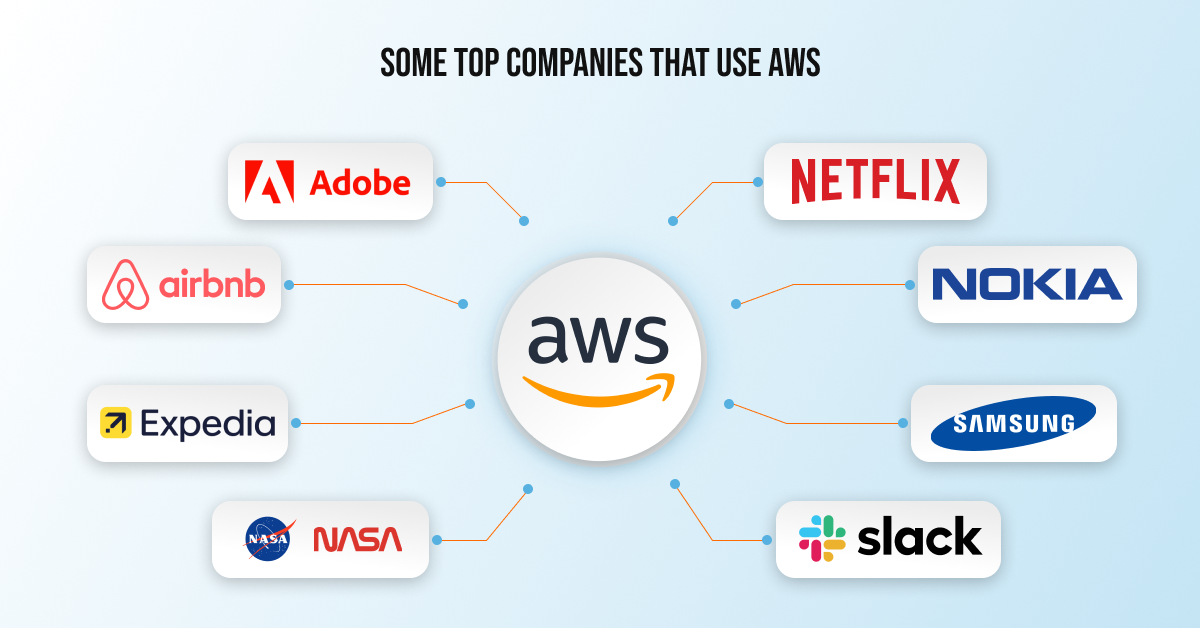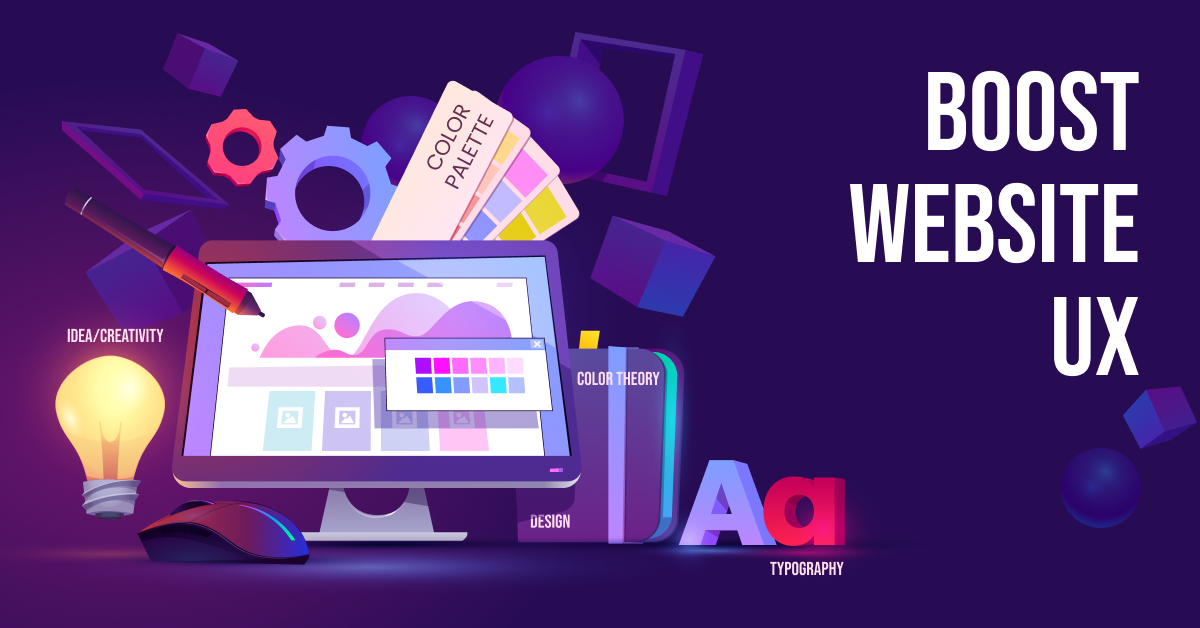Are you aware of the latest trends in mobile applications, or do you still need to keep up in today’s fast-paced digital world? In this tech-driven society, mobile applications have become an essential part of our lives, changing the way we communicate, work, shop, and entertain ourselves. But with the ever-evolving landscape of mobile technology, it’s critical to stay current and embrace these trends to stay competitive.
This blog post will explore the world of mobile application trends and their effect on businesses. So, are you ready to explore the future of mobile applications and determine whether you will embrace it or be left behind? Let’s dive in.
Key Mobile Application Trends
Trend 1: Artificial Intelligence (AI) Integration
Integrating Artificial Intelligence (AI) into mobile applications has gained significant momentum. AI-powered mobile apps leverage machine learning algorithms, natural language processing, and computer vision for better functionalities and user experiences.
I.Benefits of AI in Mobile Applications
The incorporation of AI brings numerous benefits to mobile applications:
– Personalization: AI algorithms can analyze user data and behavior to provide personalized recommendations, content, and user interfaces. This leads to a more engaging user experience.
– Intelligent Automation: AI enables mobile apps to automate repetitive tasks, improving efficiency and productivity. From virtual assistants that schedule appointments to chatbots that provide instant customer support, AI streamlines process and saves time.
– Enhanced User Engagement: AI-powered apps can analyze user interactions and preferences to deliver targeted notifications, messages, and offers, increasing retention.
II. Examples of AI-driven Apps
Several mobile apps have successfully integrated AI to provide innovative functionalities:
– Virtual Assistants: Apps like Siri, Google Assistant, and Amazon Alexa utilize AI to provide voice-activated assistance, answer queries, and perform tasks based on user commands.
– Predictive Analytics: Mobile apps in various domains, such as finance and healthcare, leverage AI to analyze user data and provide predictive insights.
– Image Recognition: Apps like Google Photos and Pinterest use AI-powered image recognition to categorize and search images based on their content.
Trend 2: Augmented Reality (AR) and Virtual Reality (VR)
Integrating Augmented Reality (AR) and Virtual Reality (VR) in mobile applications has revolutionized how users interact with digital content.
– Enhancing User Experiences with AR and VR
AR and VR technologies have the power to transform user experiences in mobile applications:
– Interactive Visualizations: AR enables users to visualize products, designs, or information in their surroundings. From trying on virtual clothing to previewing furniture in a room, AR enhances the shopping and decision-making process.
– Immersive Virtual Environments: VR transports users to simulated environments, allowing them to explore and interact with digital worlds.
– Gamification: AR and VR bring gaming elements into real-world scenarios, making activities more engaging and interactive.
– Industries Leveraging AR and VR
Numerous industries have embraced AR and VR in their mobile applications:
– Retail and E-commerce: AR allows customers to try on clothing virtually, visualize furniture in their homes, and see how products fit into their lives before purchasing.
– Real Estate: AR and VR enable potential buyers to take virtual tours of properties, visualize renovations, and get a realistic sense of the space without physically visiting it.
– Entertainment and Gaming: AR games like Pokémon Go and VR gaming experiences provide users with immersive and interactive entertainment.
Trend 3: Internet of Things (IoT) Integration
The Internet of Things (IoT) refers to the interconnected network of physical devices, vehicles, appliances, and other objects embedded with sensors, software, and connectivity. Integrating IoT capabilities into mobile applications has opened new seamless communication and control avenues.
– IoT’s Impact on Mobile Applications
IoT integration in mobile apps brings several benefits:
1. Intelligent Automation: From adjusting the home temperature to managing security systems, IoT enhances convenience and efficiency.
2. Data Monitoring and Analysis: IoT devices generate vast amounts of data, which mobile apps can collect and analyze to provide valuable insights.
3. Personalized Experiences: By leveraging user data from IoT devices, mobile apps can deliver personalized recommendations, services, and notifications based on individual preferences and behaviors.
– Connected Devices and Smart Homes
Mobile apps integrated with IoT technology enable users to interact with connected devices and create intelligent homes:
1. Home Automation: Mobile apps can control various aspects of smart homes, such as lighting, temperature, security systems, and appliances, offering convenience and energy efficiency.
2. Wearables and Health Monitoring: IoT-enabled wearables, like fitness trackers and health monitors, can sync with mobile apps to provide real-time data and personalized insights for users’ well-being.
3. Connected Cars: Mobile apps integrated with IoT technology enable users to remotely monitor and control their vehicles, access diagnostics, and receive alerts for maintenance.
Trend 4: Progressive Web Apps (PWAs)
Progressive Web Apps (PWAs) have emerged as a prominent trend in mobile applications. These applications combine the best features of both websites and traditional mobile apps, providing a seamless user experience that can be accessed directly through web browsers without downloading or installing.
– Advantages of PWAs over Traditional Mobile Apps
PWAs offer several advantages over traditional mobile apps:
1. Cross-Platform Compatibility: PWAs are designed to work across various platforms and devices, including smartphones, tablets, and desktops. This versatility ensures a consistent experience for users, regardless of their device.
2. Offline Functionality: One of the benefits of PWAs is their ability to function offline or in low-connectivity environments. Users can still access core features and content without an internet connection, enhancing convenience and accessibility.
3. Fast and Responsive: PWAs are built with performance optimization in mind, resulting in faster loading times and smooth interactions
– Successful Implementations of PWAs
Several notable brands have successfully implemented PWAs:
1. Twitter Lite: Twitter’s PWA, Twitter Lite, enables users to browse and engage with tweets even on slower networks, making it accessible to a broader user base.
2. Pinterest: The Pinterest PWA provides a seamless and immersive experience for users to discover and save ideas, recipes, and inspirations.
3. Starbucks: Starbucks implemented a PWA that allows users to browse the menu, customize orders, and find nearby stores.
Trend 5: Mobile Commerce (m-commerce)
The rise of mobile devices has fueled the growth of mobile commerce, also known as m-commerce. This trend involves commercial transactions through mobile devices like smartphones and tablets.
– Rise of m-Commerce and its Benefits
M-Commerce has experienced significant growth due to the increasing prevalence of smartphones and the convenience they offer. Some key benefits of m-Commerce include:
1. Accessibility and Convenience: This accessibility and convenience have transformed how people make purchases, leading to an exponential rise in mobile transactions.
2. Personalized Shopping Experience: Mobile apps and websites can leverage user data to provide personalized recommendations, offers, and tailored shopping experiences.
3. Seamless Integration of Online and Offline Channels: Features like mobile ordering, in-store pickups, and mobile loyalty programs bridge the gap between digital and physical shopping experiences.
– Mobile Payment Solutions and Security
As m-Commerce grows, secure and efficient mobile payment solutions have become essential. Various mobile payment options, including digital wallets, mobile banking apps, and contactless payment methods, have gained popularity. These solutions provide convenience and security for users, allowing them to make transactions quickly.
Final Thoughts on the Future of Mobile Applications
The future of mobile applications is poised for incredible growth and transformation. As technology advances, we can expect mobile apps to become more intelligent, personalized, and integrated into various aspects of our lives. From AI and AR/VR to IoT and mCommerce, these trends will shape how we interact, shop, learn, and communicate.
If you’re looking to embrace the latest trends in mobile application development and need a reliable partner to assist you, consider reaching out to Deftsoft. With our expertise, we can help you stay ahead in the fast-paced world of mobile applications. Visit their website or contact us to explore how we can support your mobile app development needs and ensure you don’t lag behind in this evolving landscape.

